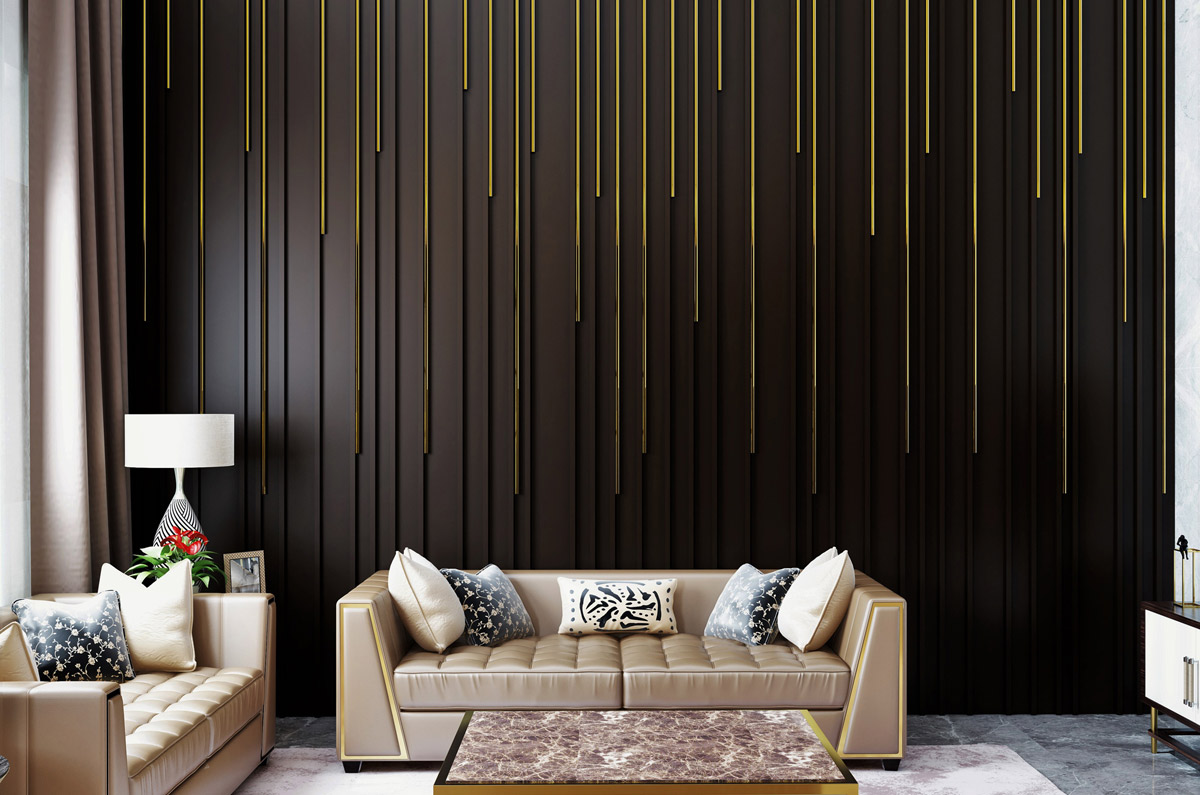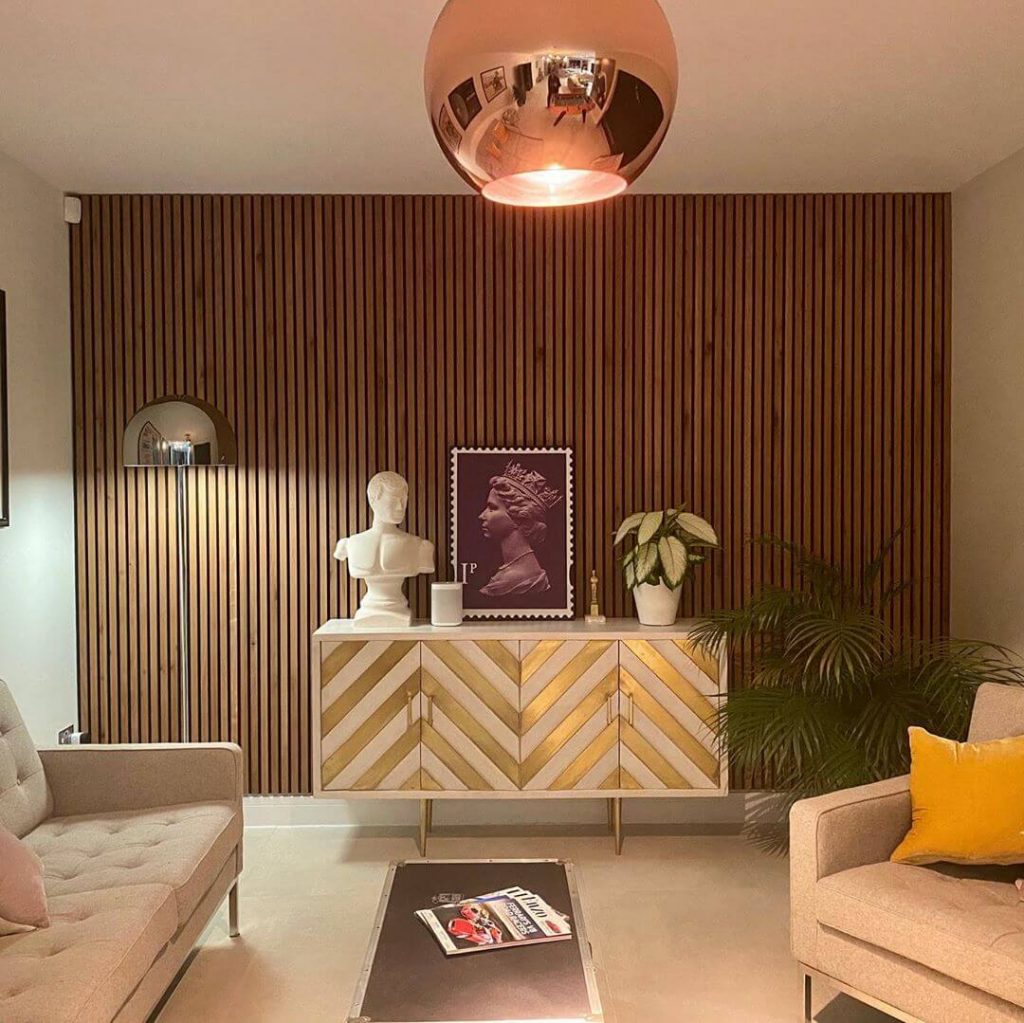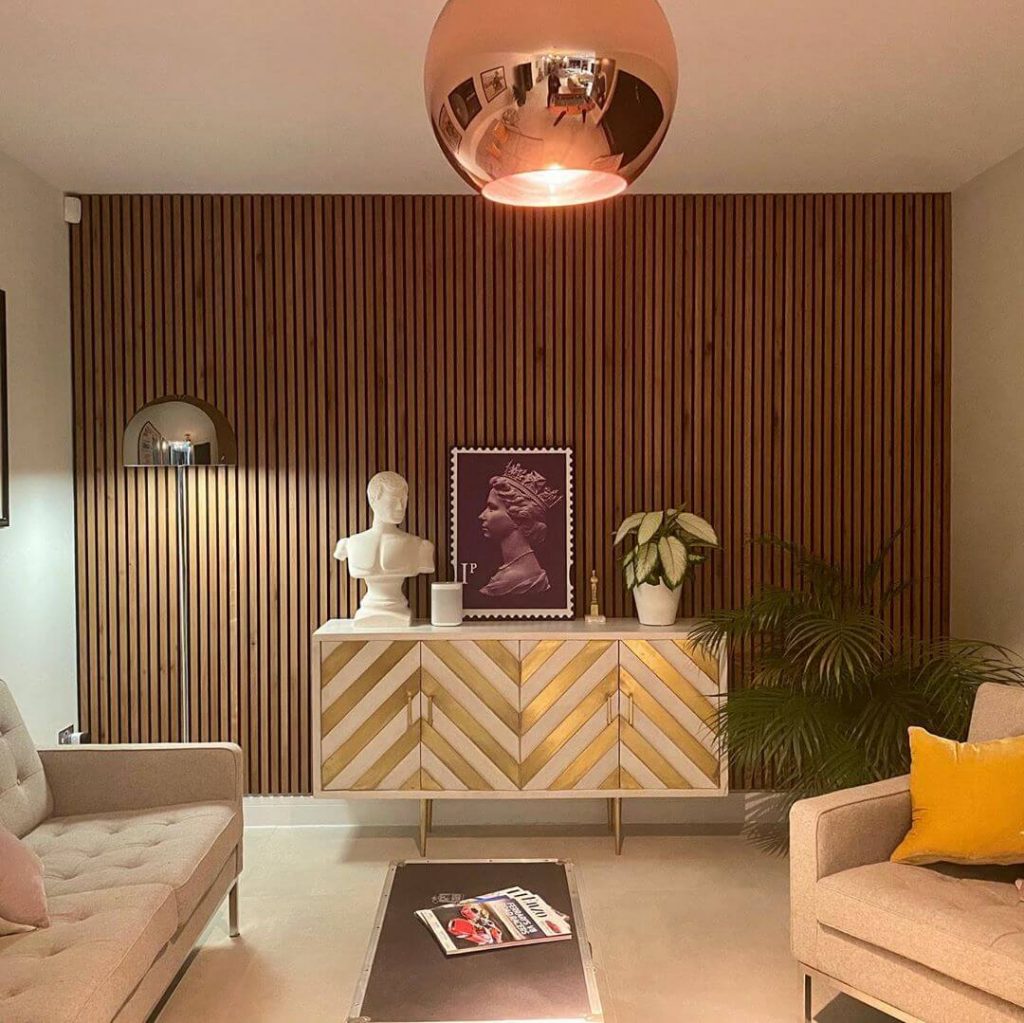Embark on a captivating journey into the realm of decorative walls, where ordinary surfaces transform into expressions of creativity and style. From materials to techniques, styles to storage, this guide will equip you with the knowledge and inspiration to elevate your walls into stunning masterpieces.
Discover the secrets of choosing the perfect materials, explore a myriad of decorative styles, and master the art of incorporating artwork and lighting. Let your walls become canvases for self-expression and functional solutions, creating spaces that reflect your unique personality and aesthetic.
Decorative Wall Materials

Decorative walls are a great way to add personality and style to your home. There are a variety of materials that can be used to create decorative walls, each with its own unique advantages and disadvantages.
Some of the most common materials used for decorative walls include:
- Paint
- Wallpaper
- Fabric
- Tile
- Wood
- Metal
Paint
Paint is a versatile and affordable option for decorative walls. It can be used to create a variety of looks, from simple and elegant to bold and dramatic. Paint is also easy to apply and can be changed relatively easily if you decide you want a new look.
However, paint can be less durable than other materials, and it can be difficult to repair if it is damaged.
Wallpaper
Wallpaper is another popular option for decorative walls. It comes in a wide variety of patterns and colors, so you can find something to match any style. Wallpaper is also relatively easy to install, and it can be removed if you decide you want a new look.
However, wallpaper can be more expensive than paint, and it can be more difficult to repair if it is damaged.
Fabric, Decorative wall
Fabric can be used to create a warm and inviting look on your walls. It is available in a wide variety of colors and textures, so you can find something to match any style. Fabric is also relatively easy to install, and it can be removed if you decide you want a new look.
However, fabric can be more expensive than paint or wallpaper, and it can be more difficult to clean and maintain.
Tile
Tile is a durable and easy-to-clean option for decorative walls. It is available in a wide variety of colors and styles, so you can find something to match any taste. Tile is also fire-resistant and water-resistant, making it a good choice for kitchens and bathrooms.
However, tile can be more expensive than other materials, and it can be difficult to install.
Wood
Wood is a classic choice for decorative walls. It adds warmth and character to any room, and it can be stained or painted to match any style. Wood is also durable and easy to maintain.
However, wood can be more expensive than other materials, and it can be difficult to install.
Metal
Metal is a modern and stylish option for decorative walls. It is available in a variety of finishes, so you can find something to match any taste. Metal is also durable and easy to clean.
However, metal can be more expensive than other materials, and it can be difficult to install.
Decorative Wall Art
Incorporating art into your wall decor can add a personal touch and elevate the aesthetic of your space. From paintings to sculptures and wall hangings, there are countless ways to express your style and create a visually appealing display.
When arranging artwork on walls, consider the following principles:
Scale and Proportion
The size and scale of the artwork should complement the dimensions of the wall and the surrounding furniture. A large painting or sculpture may dominate a small wall, while a tiny piece may get lost on a vast expanse.
Balance and Symmetry
Arrange the artwork in a balanced and symmetrical manner. This can be achieved by distributing the weight of the pieces evenly or by creating a focal point with a central piece and flanking it with smaller ones.
Focal Point and Emphasis
Choose one or two pieces to serve as focal points and arrange the rest around them. This creates a visual hierarchy and draws the eye to the most important elements.
Color and Texture
Consider the colors and textures of the artwork in relation to the wall and the surrounding decor. Contrasting colors can create a bold statement, while similar hues can produce a more harmonious effect. Textures can add depth and interest to the display.
Negative Space
Negative space, or the empty areas around the artwork, is just as important as the artwork itself. It provides breathing room and allows the pieces to stand out.
Decorative Wall Trends

Decorative walls have become a popular way to add style and personality to any room. Here are some of the current trends in decorative walls:
Emerging styles and materials are constantly evolving in the world of decorative walls. Some of the latest trends include the use of 3D wall panels, geometric patterns, and natural materials like wood and stone.
Wallcoverings
- Bold patterns and colors:Wallcoverings with bold patterns and colors are making a comeback. These wallpapers can add a touch of drama and personality to any room.
- Textured wallcoverings:Textured wallcoverings are another popular trend. These wallpapers can add depth and interest to a room.
- Metallic wallcoverings:Metallic wallcoverings are a great way to add a touch of glamour to a room. These wallpapers can be used to create a variety of looks, from modern to traditional.
Wrap-Up

As you delve into the world of decorative walls, remember that the possibilities are boundless. Experiment with colors, textures, and patterns to create spaces that are both visually captivating and deeply personal. Embrace the power of your walls to transform your home into a haven of style and inspiration.
Key Questions Answered
What are the most popular materials used for decorative walls?
Common materials include paint, wallpaper, wood, stone, and fabric.
How do I choose the right decorative wall style for my space?
Consider the overall design of the room, the function of the wall, and your personal preferences.
What are some creative techniques for decorating walls?
Try painting murals, creating textured finishes, or using stencils to add visual interest.
How can I incorporate art into my wall decor?
Hang paintings, sculptures, or wall hangings to add personality and depth to your walls.
How does lighting enhance the appearance of decorative walls?
Lighting can highlight textures, create ambiance, and draw attention to specific features.

